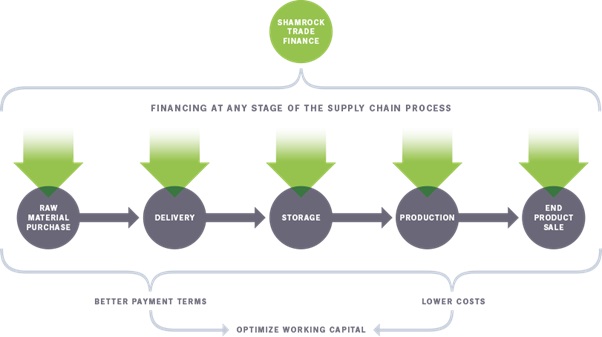|
In today's technology-driven world, the proliferation of electronic devices has resulted in a significant increase in electronic waste, commonly known as e-waste. As these discarded electronic devices contain hazardous materials such as lead, mercury, and cadmium, proper management of e-waste has become a pressing concern for environmental safety and sustainability. Technological innovations have played a crucial role in facilitating effective e-waste management practices. Recycling and Refurbishing: One of the key approaches to managing e-waste is recycling and refurbishing. Advanced technologies have been developed to extract valuable materials from discarded electronic devices. These materials can be reused in the production of new electronic products, reducing the need for raw material extraction. Moreover, refurbished electronics can be sold or donated to extend their lifespan, minimizing the overall e-waste generation. E-waste Tracking Systems: To better manage the disposal and recycling processes, technological solutions like e-waste tracking systems have been implemented. These systems employ various methods such as barcode scanning, GPS tracking, and data management software to monitor the movement of e-waste from collection points to recycling facilities. By ensuring transparency and accountability, these systems help prevent illegal dumping or improper handling of e-waste. Data Destruction Solutions: With the increasing amount of sensitive information stored in electronic devices, secure data destruction has become a critical aspect of e-waste management. Technological advancements have led to the development of innovative solutions for data wiping, degaussing, and physical destruction of storage devices. These methods guarantee the protection of confidential data during the disposal or recycling process. Material Recovery Techniques: Traditional methods of e-waste disposal often involve incineration or landfilling, which can lead to environmental pollution and health hazards. However, emerging technologies focus on material recovery techniques to extract valuable metals and components from e-waste. Processes like hydrometallurgical and pyrometallurgical methods help recover precious metals like gold, silver, and copper, reducing the environmental impact of e-waste disposal. Public Awareness and Education: Technological advancements also play a vital role in raising public awareness about the importance of proper e-waste management. Social media campaigns, educational apps, and interactive websites have been developed to educate individuals about the potential hazards of e-waste and the benefits of responsible disposal. These tools empower individuals to make informed decisions and actively participate in recycling and proper e-waste disposal practices. In conclusion, effective e-waste management is crucial for reducing the environmental impact of discarded electronic devices. Technological innovations have revolutionized e-waste management by enabling efficient recycling and refurbishing, implementing tracking systems, ensuring secure data destruction, promoting material recovery techniques, and educating the public. With continued technological advancements and widespread adoption of responsible e-waste management practices, we can strive towards a more sustainable future.  |
